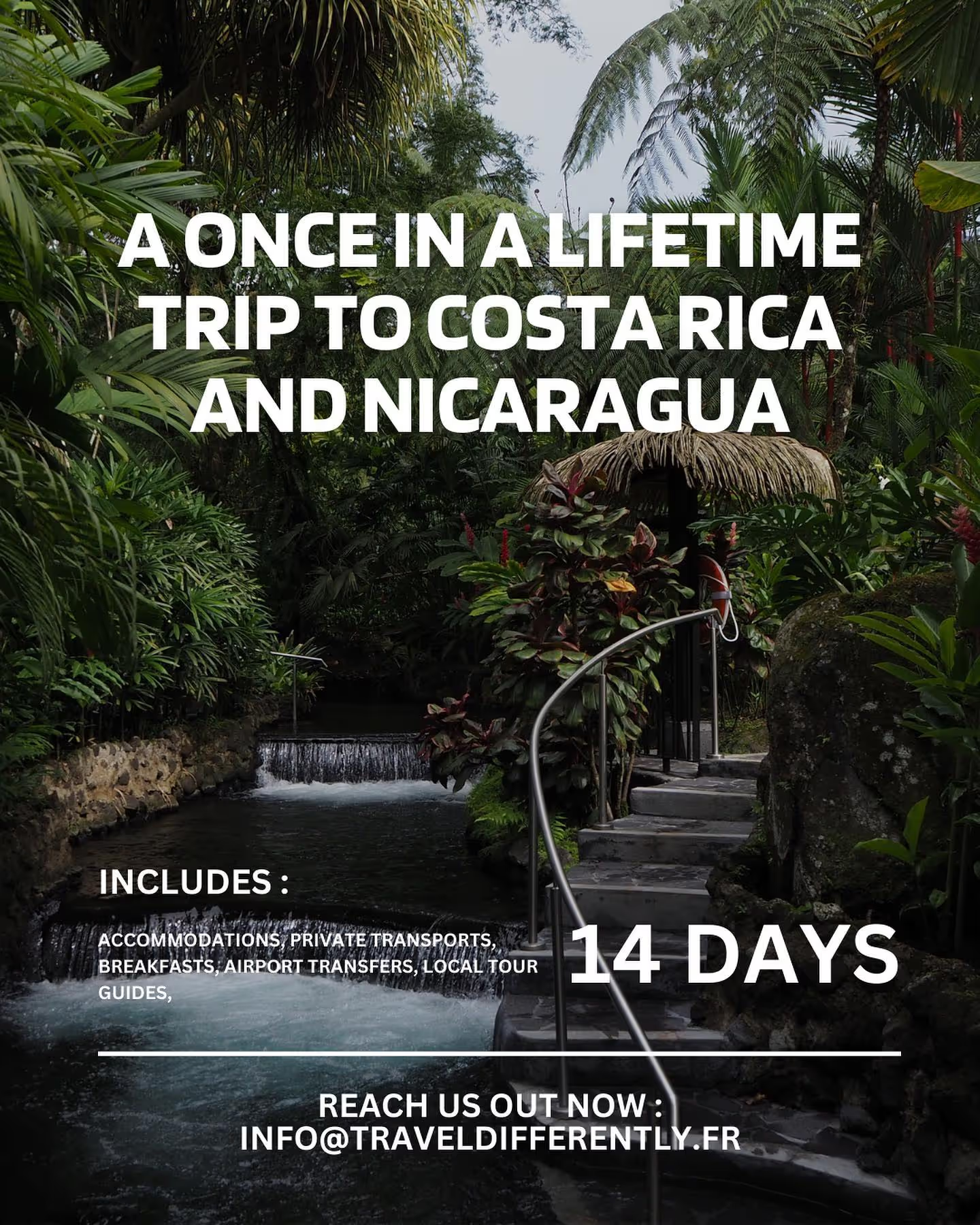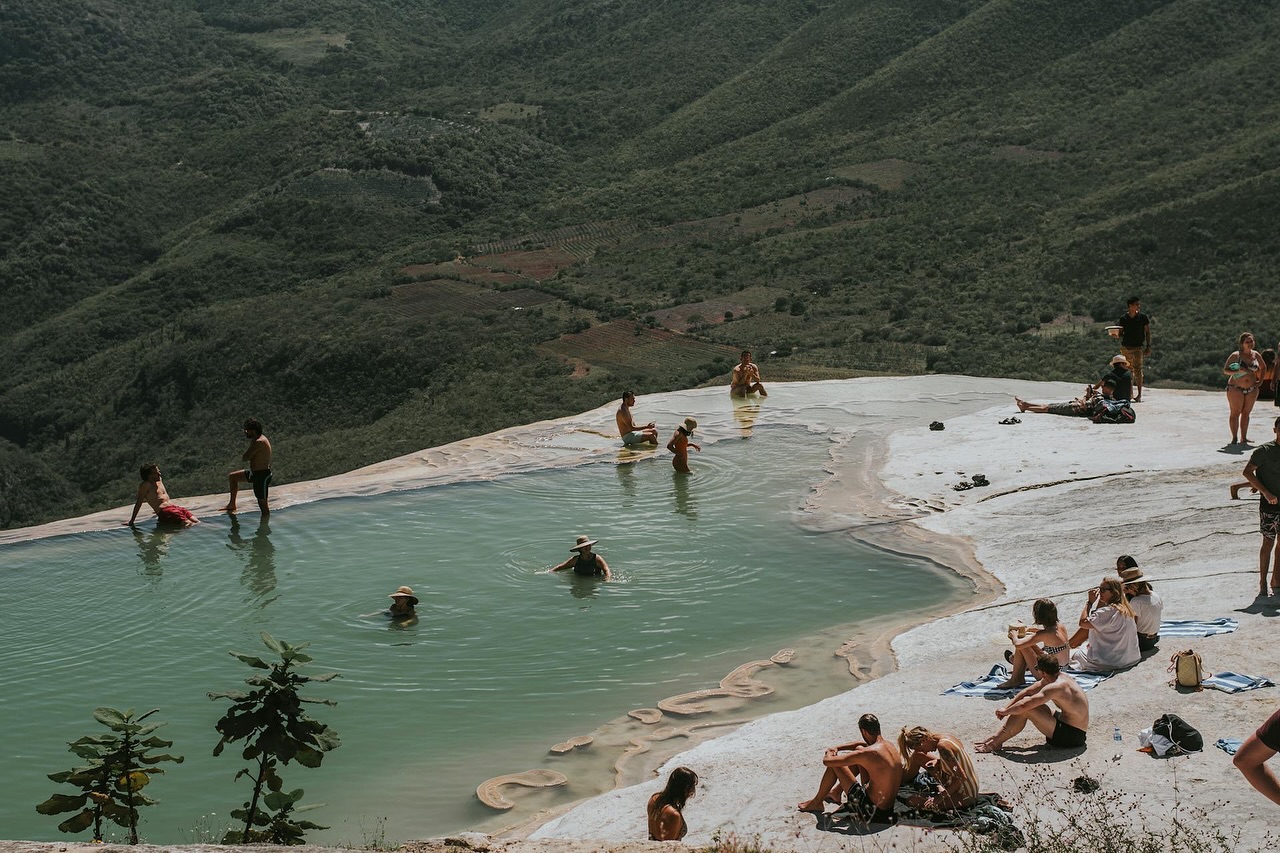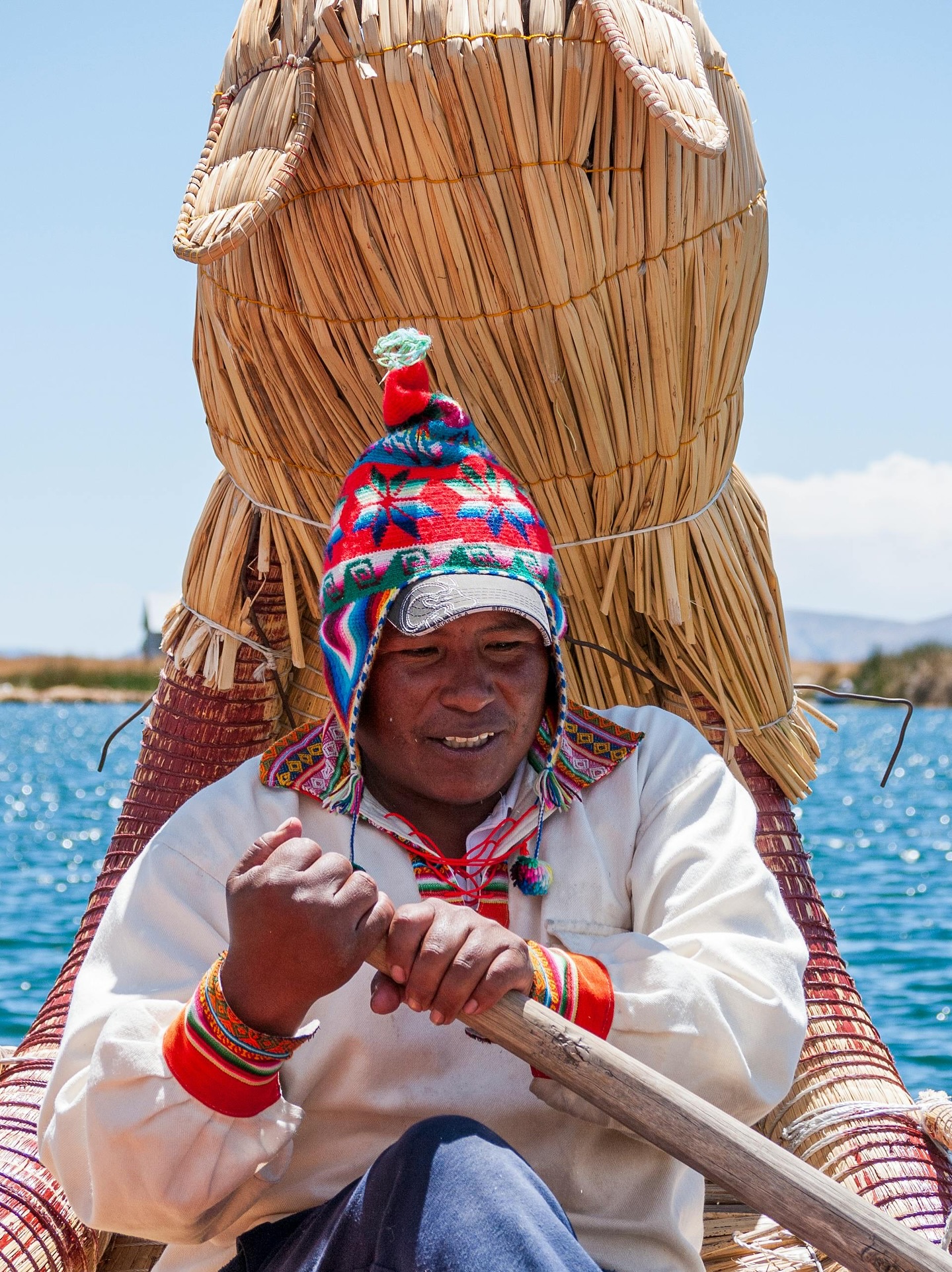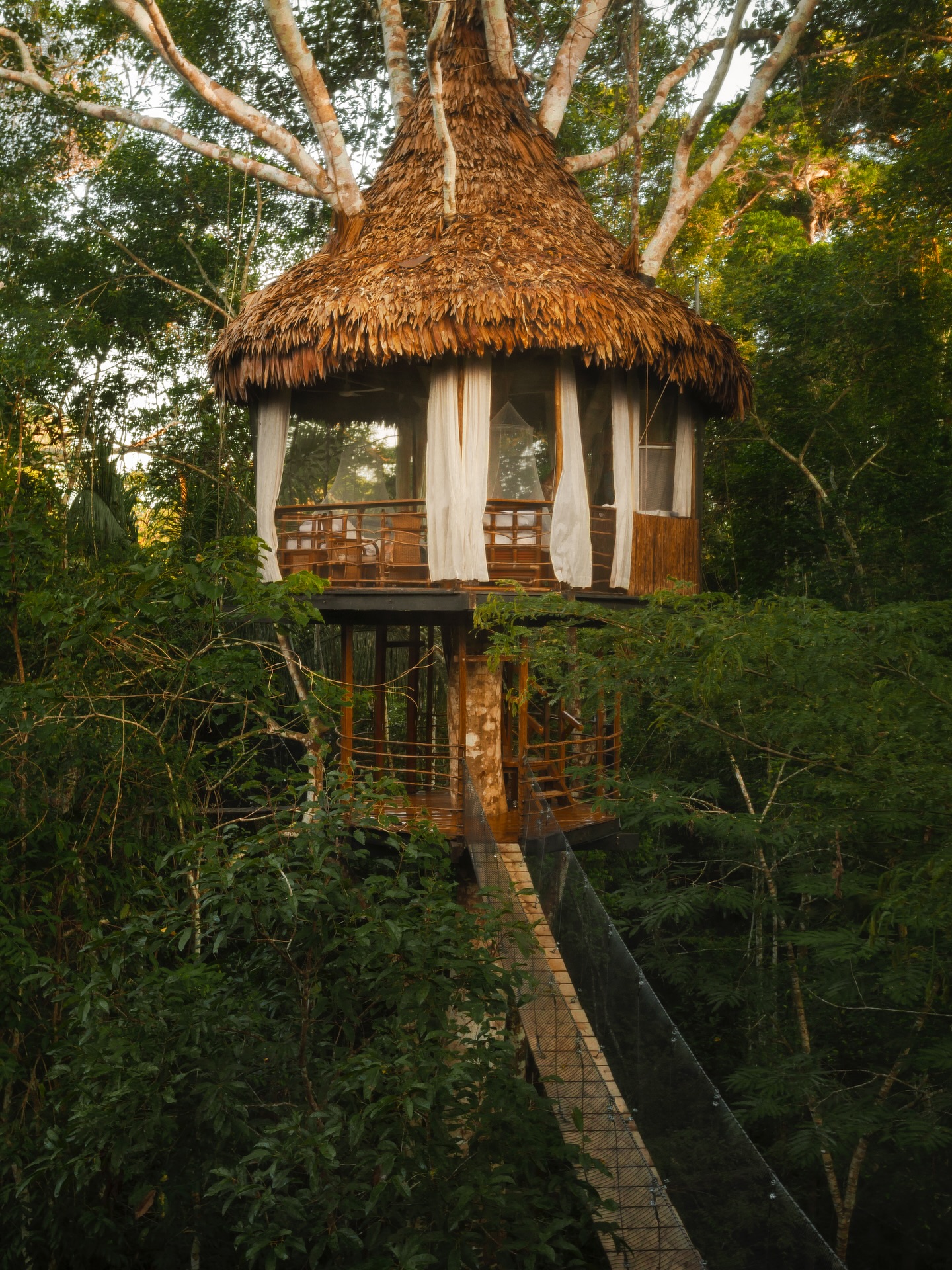Exploring the Wonders of South American Fauna: A Journey into Biodiversity
South America, a continent celebrated for its breathtaking landscapes, vibrant cultures, and notably, its extraordinary South American Fauna. From the lush rainforests of the Amazon to the expansive grasslands of the Pampas, South America's diverse ecosystems are home to an incredible array of wildlife. In this article, we invite you to join us on an expedition to explore the rich diversity of South American Fauna and delve into the wonders of its native wildlife. Discover more about these fascinating creatures on our destinations and in our blog posts.
The continent's geographical diversity, from the towering Andes Mountains to the sweeping coastal regions, has nurtured the evolution of unique species found nowhere else on Earth. South America boasts a staggering number of endemic animals, making it a hub of biodiversity. This remarkable biodiversity is not only awe-inspiring but also plays a crucial role in maintaining the balance of ecosystems and the overall health of the planet. Learn more about these unique ecosystems in our authentic travel experiences.
The significance of South American Fauna extends far beyond its inherent beauty. The continent's wildlife is intricately interconnected with the surrounding environment, forming complex ecological relationships that contribute to the stability and sustainability of the ecosystem. From pollinators ensuring the reproduction of countless plant species to apex predators like Jaguars maintaining the delicate balance of prey populations, every creature in South America's fauna has a role to play. Discover more about the ecosystem role of these animals in our blog post.
However, the unique and fragile nature of South American Fauna also puts it at risk. Human activities such as deforestation, habitat fragmentation, and illegal wildlife trade pose significant threats to the survival of many species. Conservation efforts are crucial to safeguarding the biodiversity of the region and preserving the irreplaceable natural heritage found in South America. Learn more about the importance of conservation and responsible tourism in our sustainable travel section.
Understanding the significance of South American Fauna inspires us to appreciate and protect these remarkable creatures. By learning about their habitats, behaviors, and ecological roles, we gain a deeper appreciation for the interconnectedness of life on our planet. It is through education and responsible ecotourism that we can contribute to the preservation of South America's invaluable wildlife. Discover more about these fascinating creatures and their habitats in our authentic travel experiences.
Join us as we embark on a captivating journey to discover the wonders of South American Fauna. From the elusive Jaguars prowling the rainforest floor to the majestic condors soaring through the Andean skies, let us delve into the intricate tapestry of wildlife that makes South America a sanctuary of biodiversity. Through our exploration, we will unveil the importance of conservation and the urgent need to protect the remarkable fauna that defines this captivating continent.
I. South American Fauna: A Closer Look at the Mammals
The Majestic Jaguars: A Testament to South American Fauna

The Jaguar (Panthera onca), an embodiment of beauty and power, is a majestic testament to the South American Fauna. As the largest big cat in the Americas, the Jaguar plays a pivotal role in the ecosystem by maintaining its balance.
The habitat of these Jaguars extends across dense forests, swamps, and grasslands of South America, including the Amazon rainforest and the Pantanal wetlands. You can explore these regions and more through our authentic travel plans. These creatures are easily recognizable by their muscular build, a tawny coat marked with rosettes, and a powerful jaw equipped with sharp teeth.
Jaguars, as apex predatory mammals, significantly affect their environment. They are opportunistic hunters, capable of taking down a wide range of prey, including caimans, deer, and even large rodents. Their predatory behavior helps regulate the populations of other species, ensuring the ecological balance within their habitat.
Giant Anteaters: Masters of Ant Consumption and Icons of South American Fauna

Giant Anteaters (Myrmecophaga tridactyla) are another fascinating representation of South American Fauna. Known for their unique adaptations and specialized diet, these large mammals are found in various habitats throughout South America, including savannas, grasslands, and rainforests.
One of the most striking features of Giant Anteaters is their long, tubular snout, which they use to sniff out and consume ants and termites. With their powerful forelimbs and strong claws, they can easily tear open termite mounds and ant nests to access their preferred food source. Their long, bushy tail and distinctive black and white coloration make them easily recognizable.
Giant Anteaters play a crucial ecological role as they help control the populations of ants and termites in their environment. By consuming vast quantities of these insects, they help regulate their numbers and prevent overpopulation. Additionally, their feeding behavior promotes soil aeration, seed dispersal, and nutrient recycling.
South American Fauna: A Closer Look at Capybaras

Capybaras (Hydrochoerus hydrochaeris) are a captivating part of the South American Fauna, holding the record as the world's largest rodents. These herbivorous mammals, native to South America, are typically found in close proximity to water bodies like rivers, lakes, and marshes.
Built stocky and stout, Capybaras possess a round head, short legs, and a barrel-shaped body covered in short, coarse fur. Their adaptations to an aquatic lifestyle are evident in their webbed feet, making them excellent swimmers. Their large, blunt muzzle and ever-growing teeth are specifically designed for grazing on grasses and aquatic plants.
These social animals are highly gregarious, often living in groups that sometimes consist of dozens of individuals. They form strong social bonds and communicate through various vocalizations and scent marking. Capybaras play a significant ecological role by shaping and maintaining their habitats, promoting biodiversity through their grazing habits, and serving as a food source for predators such as Jaguars and Anacondas. You can learn more about these fascinating creatures during our authentic travel experiences.
Alpacas: The Gentle Camelids of the Andean Regions

Alpacas (Vicugna pacos) are part of the graceful and gentle camelids that have been domesticated for thousands of years in the Andean regions of South America. Known for their luxurious and soft fleece, they are highly valued for their fiber, which is used in the production of textiles and garments.
These herbivorous animals have a slender build, long necks, and a distinctive fluffy coat that comes in a variety of colors, including white, brown, and black. They are well-adapted to the harsh climates of the Andes, with their thick fleece providing insulation from the cold.
Alpacas are not only valued for their fiber but also for their role in sustainable agriculture. They graze on native grasses without damaging the root systems, helping to prevent soil erosion and maintain the ecological balance of their habitat. Alpacas are also known for their gentle and docile nature, making them popular animals for ecotourism and farm visits in South America.
The diverse array of mammals found in South America showcases the continent's rich biodiversity and ecological importance. From the majestic Jaguars and Giant Anteaters to the sociable Capybaras and graceful Alpacas, each species contributes to the intricate web of life, highlighting the need for their conservation and appreciation.
II. South American Fauna: Avian Wonders of South America
Andean Condor: The Majestic King of the Skies in the Andean Regions
.avif)
The Andean Condor (Vultur gryphus) is a magnificent bird that reigns over the skies of South America. With its impressive size and commanding presence, it captivates the hearts of those fortunate enough to witness it in flight. The Andean Condor is primarily found in the high-altitude regions of the Andes Mountains, spanning countries such as Peru, Chile, Ecuador, and Colombia.
The Andean Condor's appearance is truly awe-inspiring. It is one of the largest flying birds in the world, with a wingspan that can exceed three meters. Their plumage is predominantly black, accentuated by white feathers on the wings and a distinctive ruff of feathers around the neck. Adult males often possess a fleshy comb on their head and a striking white collar.
These magnificent birds are renowned for their soaring abilities. They have adapted to their mountainous habitat, utilizing thermal updrafts and wind currents to effortlessly glide through the air for extended periods. Their broad wings enable them to cover great distances while conserving energy, allowing them to explore vast territories in search of carrion, which forms the bulk of their diet.
Blue-and-Yellow Macaws: A Splash of Vibrant Colors in the Amazon Rainforest
.avif)
The Blue-and-Yellow Macaw (Ara ararauna) is a breathtakingly beautiful bird known for its vibrant plumage. Found in the tropical rainforests of South America, particularly in the Amazon Basin and surrounding regions, these macaws bring a burst of color to the canopy.
Their striking appearance is characterized by bright blue feathers on the upper body, vibrant yellow plumage on the lower body, and splashes of green on the wings. The combination of colors creates a captivating spectacle amidst the lush green foliage of the rainforest. These macaws have a strong, hooked beak that they use for cracking nuts and fruits, their primary source of sustenance.
Breeding habits are a significant aspect of the Blue-and-Yellow Macaw's life cycle. They form monogamous pairs, which mate for life. These social birds often engage in elaborate courtship displays, showcasing their aerial acrobatics and vocalizations to attract potential partners. Nesting takes place in tree hollows, where the female lays and incubates her eggs.
The Blue-and-Yellow Macaw holds cultural significance for indigenous communities across South America. Their vibrant feathers have been used in traditional ceremonies, dances, and ornamental crafts. However, the capture and trade of these birds for the pet trade have posed a threat to their populations. Conservation efforts focus on protecting their habitats, combating illegal trade, and promoting responsible ecotourism as a means to support their conservation.
Hoatzin: Unraveling the Mysteries of the South American Fauna's Stinkbird

The Hoatzin (Opisthocomus hoazin), a fascinating bird found in the dense forests and wetlands of the Amazon Basin and other parts of South America, is a unique and intriguing member of the South American Fauna. This bird, also known as the "Stinkbird," owes its peculiar nickname to the foul odor emitted by its digestive system.
Recognized by its striking appearance and distinct features, the Hoatzin is a medium-sized bird with a prominent crest on its head and a blue facial mask. Its plumage is primarily brown, mottled with white and black markings. An interesting adaptation in juveniles is an undeveloped claw-like structure on their wings, which they use for climbing trees until they gain the ability to fly.
Typically, Hoatzins inhabit areas near bodies of water, such as rivers, swamps, and lakes. They are adept swimmers and often take refuge in the dense vegetation along riverbanks. Their diet mainly
III. Reptiles and Amphibians
Green Anaconda: The Majestic Aquatic Queen of the South American Fauna
.avif)
The Green Anaconda (Eunectes murinus), an iconic species that rules the waterways of the Amazon rainforest, commands attention and awe as one of the largest and heaviest snakes in the world. Inhabiting the swamps, marshes, and slow-moving rivers of the Amazon Basin, the Green Anaconda is truly the queen of the aquatic realm in the South American Fauna.
Size is one of the most remarkable characteristics of the Green Anaconda. Females, significantly larger than males, can reach lengths of up to 6 meters (20 feet) and weigh several hundred kilograms. Their robust bodies are covered in dark green scales with black oval-shaped markings, providing excellent camouflage amidst the dense vegetation of their habitat.
The feeding behavior of the Green Anaconda is truly impressive. As constrictors, they ambush their prey, which primarily consists of large mammals, such as capybaras, deer, and even caimans. Once captured, the anaconda wraps its powerful body around the prey, squeezing until it can no longer breathe. This method of hunting allows the anaconda to overpower prey much larger than itself.
Despite its status as an apex predator, the Green Anaconda faces conservation challenges. Habitat destruction, hunting, and illegal wildlife trade pose significant threats to its population. Efforts to protect the Green Anaconda involve the establishment of protected areas and raising awareness about the importance of its conservation to preserve the delicate balance of the Amazon ecosystem. To learn more about these efforts, visit our blog.
South American Fauna: The Black Caiman, Stealth Predator of South American Rivers

The Black Caiman (Melanosuchus niger) is a formidable reptile and a stealthy predator that inhabits the rivers, lakes, and swamps of South America. With its impressive size and hunting prowess, the Black Caiman plays a vital role in maintaining the ecological balance of aquatic ecosystems. This is clearly seen in the ecosystems of Brazil, where the Black Caiman is a dominant predator.
Physically, the Black Caiman is an imposing creature. It can grow up to 5 meters (16 feet) in length, with dark, armored skin that aids in camouflage. The caiman has a broad snout, filled with sharp teeth that are adapted for grasping and tearing its prey. Its eyes and nostrils are positioned on top of its head, allowing it to remain partially submerged while maintaining a clear view of its surroundings.
As an apex predator, the Black Caiman has a significant impact on the ecosystem. It feeds on a variety of prey, including fish, turtles, birds, and even small mammals that come near the water's edge. By controlling prey populations, the caiman helps maintain the balance of aquatic ecosystems and contributes to the overall health and diversity of the region.
Conservation efforts for the Black Caiman focus on protecting its habitats and implementing sustainable management practices. Due to overhunting and habitat loss, this species has faced a decline in its population. Conservation initiatives involve establishing protected areas, regulating hunting practices, and promoting education and awareness to foster appreciation for the caiman's vital role in the ecosystem.
South American Fauna: Poison Dart Frogs, Nature's Colorful Gems

The Poison Dart Frogs (Dendrobatidae family) are a fascinating group of amphibians known for their vibrant colors and toxic secretions. These small, brightly colored frogs are found in the rainforests of Central and South America, captivating observers with their beauty and intriguing behaviors. Their unique presence is a highlight of ecotourism in Costa Rica.
One of the most striking features of Poison Dart Frogs is their vibrant coloration. They exhibit a wide range of hues, including vivid blues, fiery oranges, and radiant yellows, contrasting with their contrasting patterns. These colors serve as a warning to potential predators, signaling their toxicity.
IV. Wonders of South American Fauna: Aquatic Species
Arapaima: The Amazon Basin's Colossal Inhabitant

The Arapaima (Arapaima gigas), a colossal representative of the South American Fauna, reigns supreme in the freshwater ecosystems of the Amazon Basin. Fondly referred to as the "Giant of the Amazon," it is one of the largest freshwater fish globally. The Arapaimas, with their capability to grow up to 3 meters (10 feet) in length and weigh over 200 kilograms (440 pounds), are the true titans of the aquatic world.
These aquatic marvels are easily recognizable due to their sleek, elongated bodies and prominent scales. Their bony scales, exhibiting a striking reddish-brown hue, provide effective camouflage in the murky waters they inhabit. A unique feature of these impressive fish is their primitive lung-like organ known as a labyrinth, enabling them to breathe atmospheric air.
The Arapaima holds significant cultural and economic importance for indigenous communities residing in the Amazon Basin. It has been a staple food source for generations, and sustainable fishing practices have been developed to ensure its conservation. Indigenous communities actively participate in the management and conservation of Arapaima populations, employing techniques such as catch-and-release fishing and seasonal fishing restrictions. If you're interested in exploring the Amazon Basin's rich biodiversity, consider our authentic travel packages.
Peacock Bass: The Crown Jewel of Angling Adventures
The Peacock Bass (Cichla species), another fascinating member of the South American Fauna, is a prized sportfish renowned for its fierce strikes and impressive fighting abilities. This makes it a sought-after target for anglers seeking thrilling adventures. This fish species is native to the rivers and lakes of South America, particularly in the Amazon Basin and surrounding regions.
Peacock Bass display vibrant colors and striking patterns, resembling the colorful feathers of peacocks that give them their name. The species exhibits sexual dimorphism, with males boasting more vibrant colors and elongated fins compared to females. These fish are highly adaptable and have been introduced to various freshwater habitats around the world, where they thrive and provide exciting angling opportunities.
Popular fishing destinations for Peacock Bass include Brazil, Colombia, and Venezuela, where numerous rivers and lakes teem with these magnificent fish. Anglers employ a variety of techniques to catch Peacock Bass, including topwater lures, jigs, and fly fishing. The explosive strikes and acrobatic fights of these fish make for exhilarating angling experiences.
Conservation efforts for Peacock Bass focus on sustainable fishing practices and the preservation of their natural habitats. Catch-and-release practices are widely encouraged to ensure the survival of these prized sportfish for future generations. To learn more about the incredible biodiversity of South American Fauna and experience it firsthand, explore our authentic travel options.
South American Fauna: The Splendor of Rainbow Cichlid in Freshwater
The Rainbow Cichlid (Herotilapia multispinosa) is a captivating freshwater fish species that has gained popularity among aquarium enthusiasts around the world. Native to Central America and parts of South American Fauna, these colorful cichlids add a touch of splendor to freshwater aquariums.
Rainbow Cichlids display a vibrant array of colors, including shades of red, blue, yellow, and orange. These colors intensify during courtship and breeding periods, making them a visual delight. They have vertical bands or bars across their bodies, contributing to their distinctive appearance.
Behaviorally, Rainbow Cichlids are fascinating to observe. They are highly social and often form pairs or small groups within aquariums. These fish exhibit interesting territorial and parental behaviors, including the creation of nesting sites and the defense of their young. Their engaging behaviors and striking colors make them popular choices for aquarists.
In their natural habitat, Rainbow Cichlids are found in freshwater rivers, streams, and lakes. They prefer areas with vegetation and rocky formations, providing hiding places and spawning sites. To recreate their natural habitat in an aquarium, it is important to provide ample hiding spots, suitable substrate, and a well-maintained water environment.
South American Fauna: The Rich Diversity and Its Conservation
South America is a continent brimming with diverse and unique fauna, showcasing the wonders of nature at its finest. From the majestic Jaguars and Andean Condors to the colorful Poison Dart Frogs and Arapaimas, the region's wildlife captivates the imagination and leaves a lasting impression on all who encounter it.
Throughout this article, we have highlighted the importance of South American Fauna in terms of conservation and ecological significance. The delicate balance of ecosystems relies on the presence and well-being of these species, which play crucial roles in maintaining biodiversity and preserving the natural heritage of the continent.
Conservation efforts are paramount to ensure the survival of South America's remarkable fauna. Habitat destruction, illegal wildlife trade, and climate change pose significant threats to their existence. It is our responsibility to protect and preserve these species for future generations. Through sustainable practices, such as responsible ecotourism and supporting local conservation initiatives, we can make a positive impact and contribute to their long-term survival.
As we conclude this journey through South American Fauna, we encourage readers to explore and appreciate the wonders that await them in this remarkable continent. Whether it's embarking on a wildlife expedition deep in the rainforests or simply taking a moment to observe the birds and animals in your surroundings, every interaction with nature is an opportunity to deepen our connection and understanding of the natural world.
Let us cherish the diversity and magnificence of South American wildlife, and let it inspire us to become ambassadors for conservation. By working together, we can ensure that these extraordinary creatures continue to thrive and enchant us with their beauty, reminding us of the preciousness of our natural heritage. So, embark on your own adventure, embrace the wonders that South America has to offer, and become a part of the collective effort to safeguard our planet's rich biodiversity.
For those looking to experience the wonders of South America firsthand, check out our authentic travel experiences. From exploring the Amazon Rainforest to embarking on an unforgettable adventure in Guatemala, there are numerous ways to engage with the continent's rich fauna.


%2520(1).avif)



.avif)
.png)

.avif)













